Andrea Del Sarto
Florentine School
Victory and Fortune
Black Jasper
Etching
Dim: 20 x 15 cm
Dim: 13 x 15 cm
Plate Dim: 54 x 36 cm
Gallery of Florence and the Pitti Palace Drawn by Wicar Engraved by Masquelier Annonay vellum paper Published between 1789 and 1807 Paintings, Statues, Bas Reliefs and Cameos From the Gallery of Florence and the Pitti Palace, Drawn by Mr. Wicar, painter, and engraved under the direction of Mr. Lacombe, Painter; With explanations by Mr. Mongez the elder, of the Royal Academy of Inscriptions and Belles-Lettres, Guard of the Antiques of Sainte-Geneviève, etc. etc. Printed on superfine vellum paper by Johannot D'Annonay. In Paris, at Lacombe, Painter, Publisher of the Work, rue de la Harpe, No. 84. From the Printing Office of the Gallery of Florence.
Andrea del Sarto (1486–1530) was a Florentine painter of the High Renaissance, renowned for his exceptional skill in drawing, composition, and color harmony. Born Andrea d’Agnolo, he was nicknamed “del Sarto” (tailor’s son) because of his father’s profession.
He trained under Piero di Cosimo and worked in the workshop of Franciabigio. At a young age, he gained recognition for his technical mastery and, together with Franciabigio, established a studio in Florence. He created numerous frescoes in Florentine cloisters, notably in the Chiostro dello Scalzo and the convent of San Salvi, where his famous Last Supper (1520–1525) can be found.
Andrea del Sarto was influenced by Leonardo da Vinci, Raphael, and Michelangelo, but his style remained personal, characterized by softness, grace, and restraint. His figures are elegant, faces serene, and colors delicate.
In 1518, he briefly traveled to France to the court of Francis I but soon returned to Italy. Giorgio Vasari, his pupil, recounted that del Sarto squandered the money entrusted to him by the king to return to Florence, which somewhat tarnished his posthumous reputation.
Del Sarto taught several major pupils, including Pontormo and Rosso Fiorentino, who became leading figures of Mannerism. He died in 1530, probably from the plague.
His work, long overshadowed by the giants of the Renaissance, is now recognized for its subtlety and balance.




















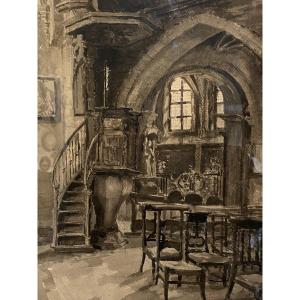
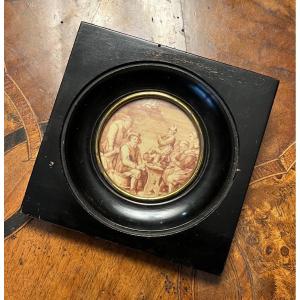



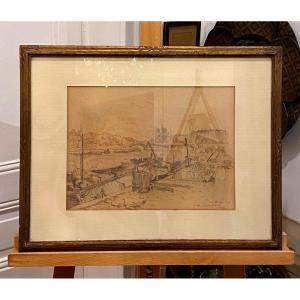

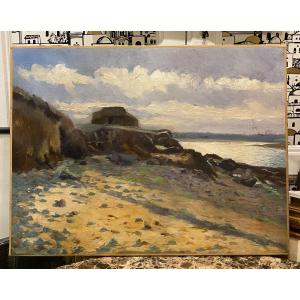



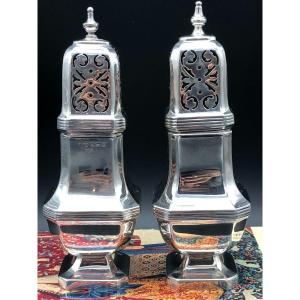

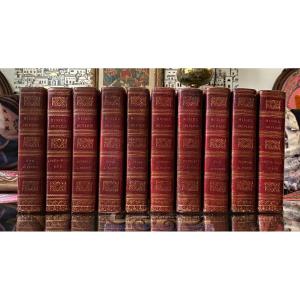

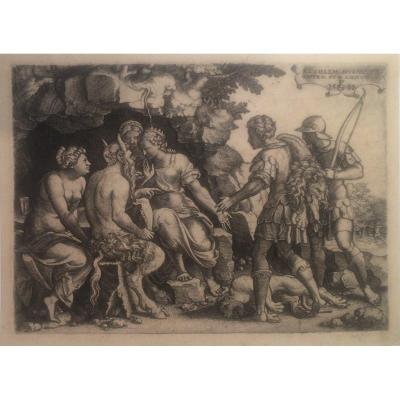

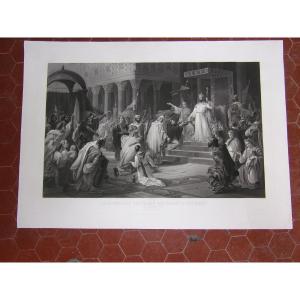




 Le Magazine de PROANTIC
Le Magazine de PROANTIC TRÉSORS Magazine
TRÉSORS Magazine Rivista Artiquariato
Rivista Artiquariato